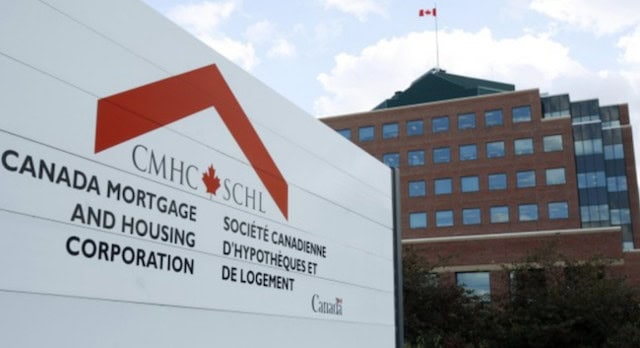
Canada’s overall vacancy rate dropped for a second year in a row, as demand for rental housing grew at a faster pace than supply, according to the Canada Mortgage Housing Corp.
In its annual rental market survey, the housing agency says in 2018, the vacancy rate across the country was 2.4 per cent, down from three per cent in 2017.
CMHC says demand for rental housing grew at a faster pace than supply. It found that the number of occupied units climbed by 2.5 per cent in October 2018, compared with an increase of 1.9 per cent in the same month a year earlier.
Ontario, B.C. and Manitoba all saw an increase in its vacancy rates, while Quebec, Alberta, Saskatchewan and the Atlantic provinces all saw declines.
The report, which looked at purpose-built rental units and condo apartments available for rent, found the average rent for a two-bedroom apartment jumped by 3.5 per cent from October 2017 to October 2018. This increase was higher than the inflation rate during this period.
B.C. saw the largest climb in rent, with Kelowna recording an 9.4 per increase. Saskatchewan, the province with the highest vacancy rates, saw rents go down slightly, by 0.5 per cent in Regina.
In October, Vancouver had the highest average monthly rent for a two-bedroom apartment at $1,649, followed by Toronto at $1,467 and Calgary at $1,272.
Trois-Rivieres, Que., had the lowest average monthly rent in October at $601, followed by Saguenay, Que., at $608 and Sherbrooke, Que., at $639.


